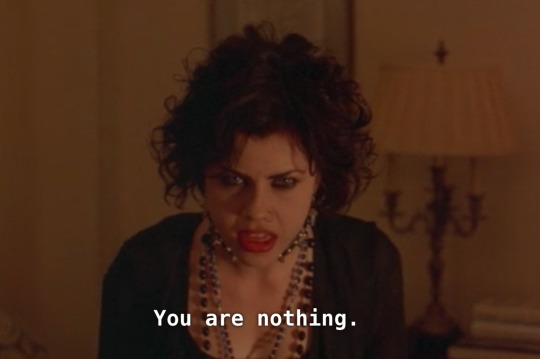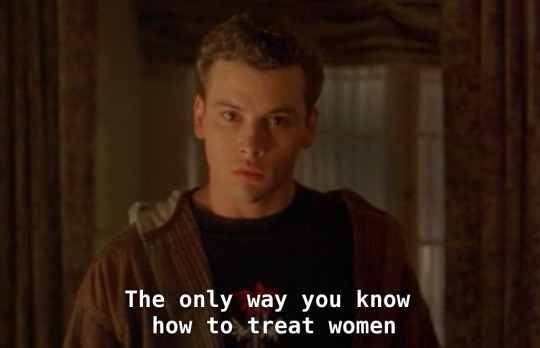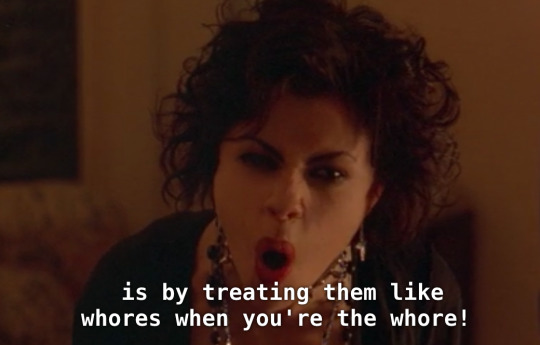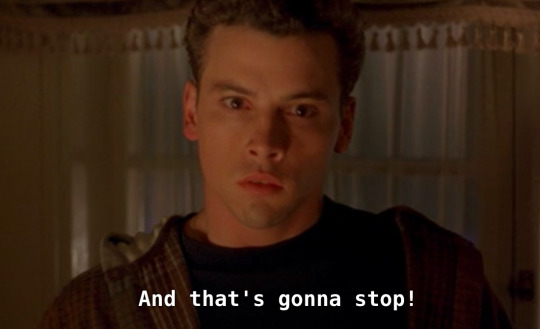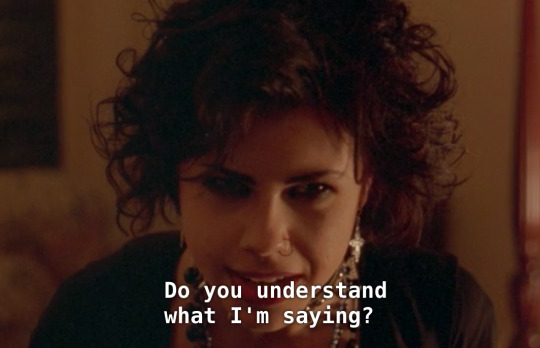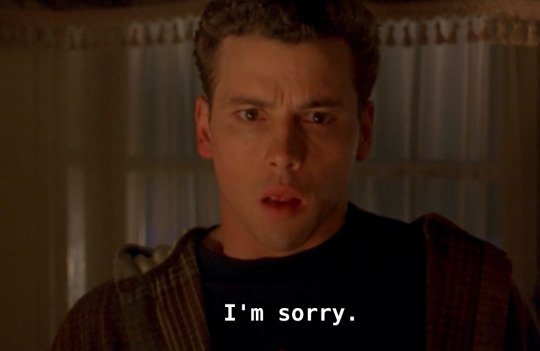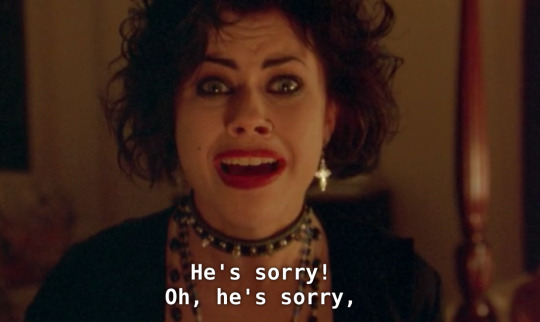Text

What’s your birthstone? Do you find that you resonate with it? 🌙
742 notes
·
View notes
Text
be the wizard you wish to see airbrushed on the side of van
43K notes
·
View notes
Text
You know how sometimes you read something and it’s just so haunting that it changes something in you?
I remember being at the public library devouring books about the Salem witch trials. I remember reading about how they would lock these women up, depriving them of sleep,starve them, strip them and search their bodies for “witches marks”.
But, it never really accrued to me that these men were just fucking perverts. So, first they went after the old and ugly, everyone hates them. They were killed swiftly or left to rot. Then they turned thier eyes to the young and vulnerable.
The men would torture these women, strike, prick, and burn their breast and nipples. There was a passage about how they would take their clothes off to “not soil them with blood”. If they got an erection is was the witch enchanting their penis.
Don’t believe me? But I bet you could identify at least 3 different forms of mideval torture devices, you think those methods just disappeared? You think men in complete control of a young girls life,who is willing to do all this to humiliate them isn’t capable of rape?
Those witch trials weren’t ever about god, they were about men pretending,yet again,to be them. I have heard #metoo referred to as a “witch hunt”. I only wish it came close.
4K notes
·
View notes
Text
"...the role of the Witch is traditionally to cheat Fate. Once again, there’s a paradox there, because how do you cheat fate? You cheat it by surrendering to it, by working with it. It’s almost like some of these martial arts moves, like in Aikido, where you use the strength of your enemy against him by bending and going with the flow. And this is exactly how it works, by surrendering to Fate and accepting it, you can transcend it and therefore cheat it..."
A Grimoire for Modern Cunning Folk: A Practical Guide to Witchcraft on the Crooked Path by Peter Paddon
639 notes
·
View notes
Text
Witchcraft Myths in American Culture by Marion Gibson- p103-118 (pt 1)
Chapter 3: There’s a Little Witch in Every Woman: Psychology and the Social History of Witches
- Important to note that the girls accusing the witches were at the most nervous and uncertain period of their lives - they were exhausted, working too hard, physically growing, and these can easily result in hysteria or anxiety. - In many novels, witches are accused by people who were suffering internally. - In some, it was by a rejected suitor. - The 1800s saw rise the importance of industrialization and rational thinking (the enlightenment era). This left no room for the aspects of the American psyche that could not be rationalized. Instead they found a relatable expression of their feelings in 'psychological terror, Gothic romance, ghosts, and witches'. - This cast a Romantic view on witchcraft (personal, Gothic, as relating to individuality and insanity, etc) in which they were reduced to delusion and mental instability. - There was also an interest in the potential of biological energies existing in the world. An 'electric fluid' or spiritual emanation, that could not be explained by science. - Hawthorne was descended from a Salem judge omg. In his stories he presents America as haunted by witches, or uses witches as a metaphor for psychological ills because HE felt haunted by his family's ugly history. This is irrelevant but.. oh my. - In one of Hawthorne's works, a family are seen to be falsely accused of witchcraft, but nevertheless have psychological powers - animal magnetism. 19th century opinion stated that animal magnetism gave a person the ability to hypnotize and compel others, even to their doom. Hawthorne supposes that one of these men can even will a woman to obey him without a speaking a word. Therefore, he still relies on the supernatural, rather than reducing obsession/possession to a response to 'animal magnetism'. - Link between women's suffrage and an interest in witches goes back as early as the 1880s (Matilda Joslyn Gage). She was convinced by claims of animal magnetism, spiritualism, and theosophy (the practice of communing with God (or gaining knowledge of him) via spiritual ecstasy, direct intuition, special individual relations). - She said 'for 'witches' we read 'women''. The focus on sex during the trials, despite men and women being capable of practicing magic, is undeniable. - 'Gender is the most reliable of all predictors of who would be singled out and labeled 'witch'.' - David D Hall, 1985. - During the mid 19th century, this connection was not really being discussed in the mainstream. - She believed the witchcraft hysteria could be explained by two kinds of biological phenomenon: 1. Paranoia, and psychopathic cruelty from the inquisitors. 2) Genuine abilities on the part of the suspects. - She was a genuinely very cool person it seems, and championed for equality for all. Significantly, she made the link between the oppression of women and other groups, because of their representation in Christianity. (I would argue it's also harmful for everyone for any group to be oppressed - if it can be done to them, it can be done to you. Some feminists believe the end of the meat industry is inextricable from female oppression for this reason). - In 1878 she said, at a free thought convention, "the Christian Church is based upon the fact of woman servitude." The Church had been used to subjugate women, justify slavery, and promote 'ruthless western expansion'. - This explains the draw she felt to witchcraft and spirituality, and similarly accounts for why the modern witchcraft culture is predominantly female. - She prioritized women thinking for themselves above all - the original sin was a woman seeking knowledge. - She considered the victims of the witch trials to be 'protosuffragists': forward thinking, talented, clever, and with special biological and mental powers linked to their femininity. (!) - The Witch Hammer - written in the 1480s and notoriously misogynistic. Atypical for early modern demonologies, because it focuses relentlessly on women. - These old texts merely express widely held beliefs: good versus evil, God versus Satan, clerics vs witches. It would be inaccurate to act as though this was a tactical action to oppress women - people believed what they were writing. - Gage saw witches as early scientists, mesmerists and workers with plant extracts, elemental spirits and psychic forces not yet understood.
Source
#cultural differences#witchcraft in america#salem#the salem witch trials#feminism#intersection of feminism and witchcraft
1 note
·
View note
Text
“The witch-burnings did not take place during the “Dark Ages,” as we commonly suppose. They occurred between the fifteenth and eighteenth centuries– precisely during and following the Renaissance, that glorious period when, as we are taught, “men’s” minds were being freed from bleakness and superstition. While Michelangelo was sculpting and Shakespeare writing, the witches were burning. The whole secular “Enlightenment,” in fact, the male professions of doctor, lawyer, judge, artist, all rose from the ashes of the destroyed women’s culture. Renaissance men were celebrating naked female beauty in their art, while women’s bodies were being tortured and burned by the hundreds of thousands all around them.”
— Monica Sjoo & Barbara Mor in The Great Cosmic Mother: Rediscovering the Religion of the Earth (via lunamtenebris)
28K notes
·
View notes
Text
“Ask any woman & she’ll tell you why Eve bit / into that apple. Why she chose the universe instead / of you.”
— Topaz Winters, from “Witch in Red,” published in heather press
60K notes
·
View notes
Photo







The Love Witch (2016) dir. by Anna Biller
36K notes
·
View notes




